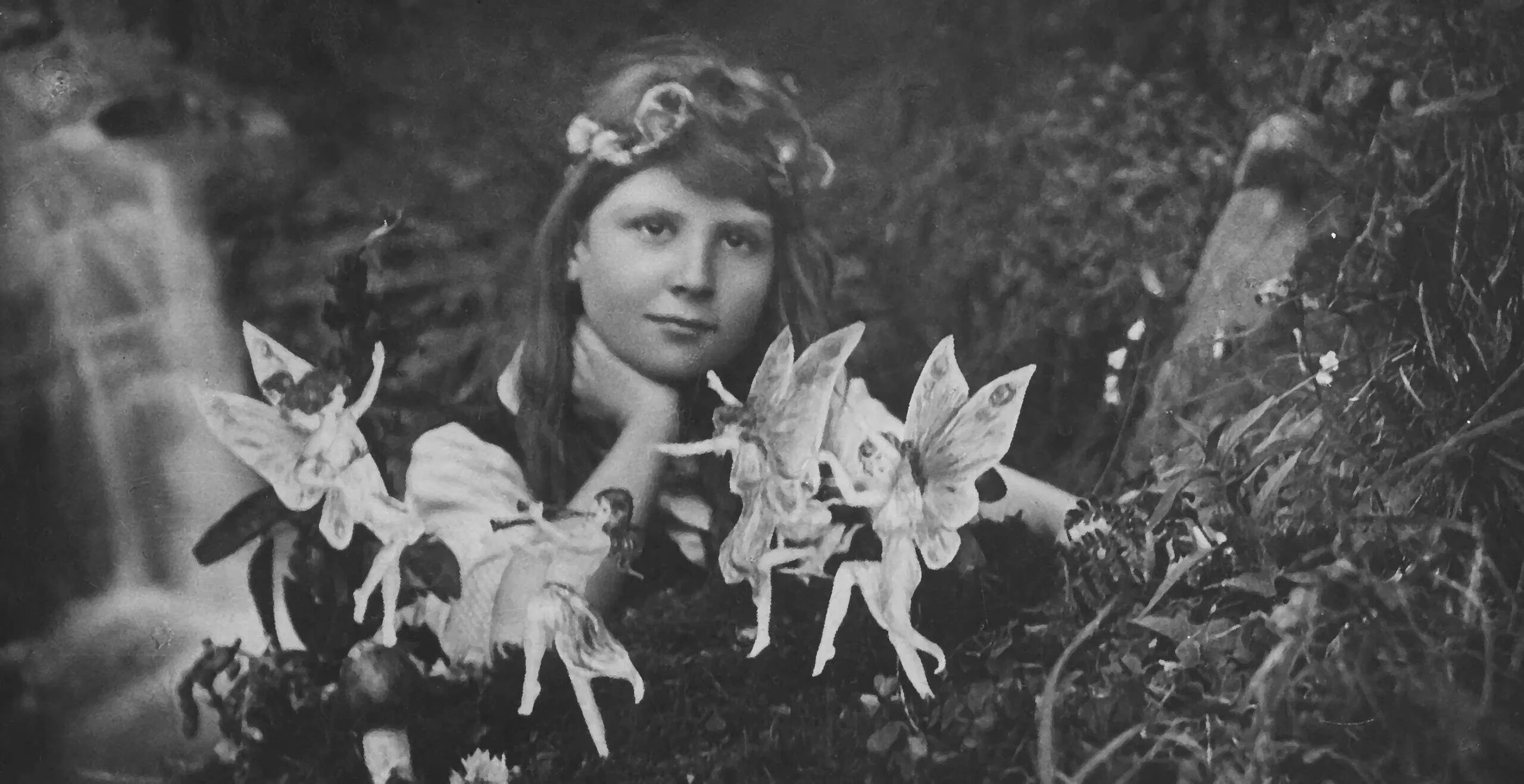Fairies, or “fae,” feature prominently in the mythologies of many cultures, from the Celtic leprechauns and Scottish brownies to the French faeries and Norse elves. These beings are often associated with nature, embodying the spirit of forests, streams, and meadows. They are portrayed in various forms—some benevolent and others mischievous or even malevolent.
In Celtic mythology, fairies are considered part of the “Otherworld,” a parallel existence filled with magic and mystery. The Victorian era romanticized fairies, depicting them in literature and art as delicate, whimsical creatures, further embedding them in the collective consciousness.
Evidence Supporting the Existence of Fairies
Historical and Cultural Consistency
- Stories of fairies span across different cultures and time periods, suggesting a deep-rooted belief in their existence. This widespread and enduring presence in folklore might indicate a shared human experience or observation of similar phenomena.
- Many cultures have detailed accounts of interactions with fairies, each with specific lore and rituals designed to respect or placate these beings. Such consistent themes across diverse cultures hint at a universal archetype that resonates with human experiences.
Eyewitness Accounts
- Numerous individuals claim to have encountered fairies, often describing sightings in secluded natural settings. These reports describe small, luminescent beings or inexplicable events attributed to fairy activity.
- The famous “Cottingley Fairies” photographs from 1917, taken by two young girls in England, convinced some prominent figures of the time, including Sir Arthur Conan Doyle, of the existence of fairies, although later these were revealed to be hoaxes.
Phenomena Unexplained by Science
- Some unexplained natural occurrences, such as mysterious lights in forests (often referred to as “fairy lights” or “will-o’-the-wisps”), have been attributed to fairies. While there are scientific explanations for some of these phenomena, not all can be easily dismissed.
- Anecdotal evidence from those practicing nature-based spiritualities often includes encounters with what they describe as fairy energies or presences, suggesting a realm beyond our current scientific understanding.
Evidence Against the Existence of Fairies
Lack of Empirical Evidence
- Despite centuries of folklore and numerous alleged sightings, there is no concrete scientific evidence to support the existence of fairies. No physical proof—such as biological specimens or verifiable photographs—has ever been produced.
- Modern scientific understanding of biology and ecosystems does not support the existence of beings with the characteristics typically attributed to fairies (such as their small size, humanoid appearance, and magical abilities).
Psychological and Cultural Explanations
- Psychologists suggest that belief in fairies could be a product of pareidolia, where people see familiar shapes (like human forms) in random patterns or natural surroundings.
- The phenomenon of mass psychogenic illness, where a group of people experience shared delusions or hallucinations, could explain why multiple individuals report similar fairy encounters.
Hoaxes and Fabrications
- Historical and modern hoaxes, like the Cottingley Fairies, demonstrate how easily belief in fairies can be manipulated. These hoaxes often capitalize on people’s desire for the supernatural and the unexplained.
- Many so-called “evidence” of fairies, such as fairy rings (circular formations of mushrooms) or fairy doors (miniature decorative doors placed at the base of trees), have plausible natural or human-made explanations.
Fairies in Modern Culture
Despite the skepticism, fairies continue to enchant and inspire in contemporary culture. They appear in literature, films, and art, from Shakespeare’s A Midsummer Night’s Dream to modern fantasy epics like The Lord of the Rings and Harry Potter. These stories often use fairies to explore themes of nature, magic, and the unseen forces that influence our world.
In addition, the rise of new age and nature-based spiritual practices has revived interest in fairies. Many people who practice these traditions believe in the existence of nature spirits, including fairies, as guardians of the natural world and sources of wisdom and healing.
The question of whether fairies truly exist remains unanswered. For some, they are an integral part of a rich tapestry of folklore and cultural heritage, representing our deep connection to nature and the mysteries that lie beyond our understanding. For others, fairies are merely symbols, used to explain the unknown or add a touch of magic to the mundane.
Whether real or imaginary, fairies continue to captivate our imaginations and invite us to see the world with a sense of wonder. They remind us that there is more to life than meets the eye and that the natural world holds secrets that may never be fully understood. As long as there are woods to wander and stories to tell, the magic of fairies will endure.
Share Your Thoughts!
Have you ever had an encounter with a fairy or experienced something that made you believe in their existence? Or do you think fairies are purely mythical? Share your stories and opinions in the comments below!
